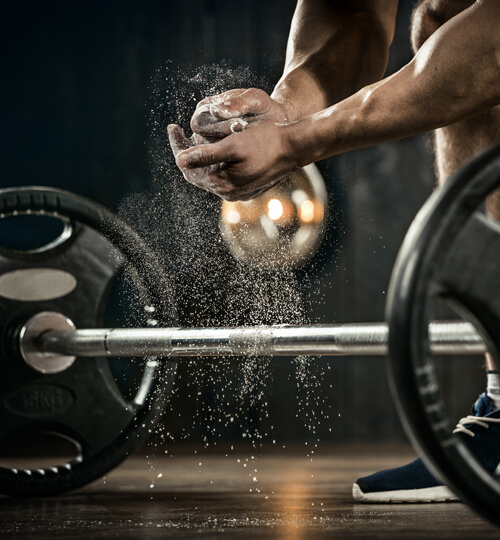It is excreted naturally and helps cell growth and cellular response to various stress conditions and stop muscle atrophy
Have you ever imagined that you might get a healthy exercise structure without exercising or moving any muscle in your body? Question A team of researchers at the University of Michigan, USA, tried to answer it, according to a study recently published by Nature.
The study indicates that the research team discovered a link between a protein known as “Cysteine” (a protein that is naturally excreted in living cells, and helps the growth of cells and the cellular response to different stress conditions, the body produces and accumulates in the muscles after exercise) and changes the muscle structure, which is a change It perfectly mimics the change caused by exercise and may even outweigh it.
“Previous studies discovered the accumulation of Cysteine protein in the muscles after exercising, and the primary research team’s goal was to study the bonding between protein and exercise,” said Myzen Kim, assistant researcher in molecular and integrative physiology at the University of Michigan in the press release accompanying the study.
The researchers studied the effect of this protein on at least 680 fruit flies, which were divided into two groups. Their first step was to encourage a group of flies to perform some exercise, and they used the instinct of flies to climb up out of the test tubes to encourage them to perform those Exercises. They also developed a suitable exercise device for flies, and trained two groups of flies, one natural and the other lacking the ability to produce Cysteine.
The main researcher in the study, “John Lee”: “The flies can run on the exercise machine and fly for about six hours, and the group of natural flies showed improvements during that period. The other group of flies did not improve with the performance of the exercises.”
The team went to the next step, which was to increase the number of genes responsible for protein production through the technique of “gene expression”, which helped them increase the Cysteine protein in the muscle cells of another group of flies. The surprising results came that this group showed abilities superior to those that led to exercise, which means that “the Cysteine protein is closely related to high fitness, and it can burn fat.”
Not only are these all the benefits of cystrine, the researchers found – by tracking the experimental rats included in the study – that “mice lacking the Cysterine protein showed a lack of oxygen, breathing, and fat burning ratios that are always linked to effective training.”
“We suggest that the Cysteine protein is the regulator of these vital processes by stimulating or inhibiting some pathways of metabolism,” Lee added in comments to “For information.” I have contacted another researcher from the University of Pompeo Fabra to conduct another research proving that Cysteine has It helps stop muscle atrophy that may occur in the limbs that remain under the orthosis for long periods. Cystrine may be enough to improve walking abilities.
For her part, Kim sees that scientists do not know how Cysteine is produced in human bodies. But researching this hypothesis may be a hope for those who cannot exercise.
“The study took about ten years,” Lee says. “We are now looking for smaller compounds, and we may see Cysteine supplements being sold commercially soon. It may be difficult to set a date for making protein available for commercial use, but not too long ago.”




